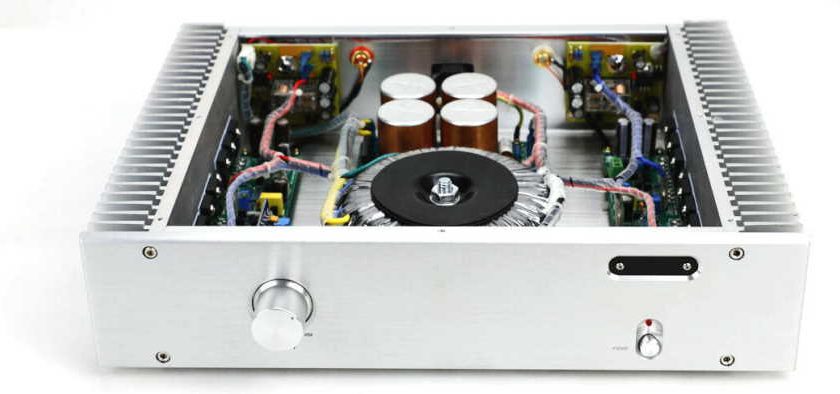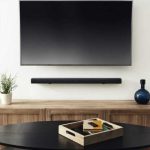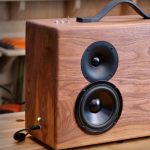An instrumentation amplifier is a type of differential amplifier that is equipped with input buffers that eliminate the need to match the input impedance, thus creating an amplifier primarily suited for use in test equipment and measurements. Its additional features include low drift, very low DC offset, low noise, very high open loop gain, very high common mode rejection, and very high input impedance. Instrumentation amplifiers are used where high circuit stability and accuracy is required in both the short and long term.
However, there are many advantages and disadvantages of an instrumentation amplifier. Read below.
What is the usage of instrumentation amplifier?
However, an instrumentation amplifier happens to be usually equal to a standard op-amp, an electronic instrumentation amplifier use to be always inside and consists of 3 op-amps. They are assembled in such a way that there is one op amp to buffer each input (+, -) and one to generate the desired output with sufficient impedance matching for the function.
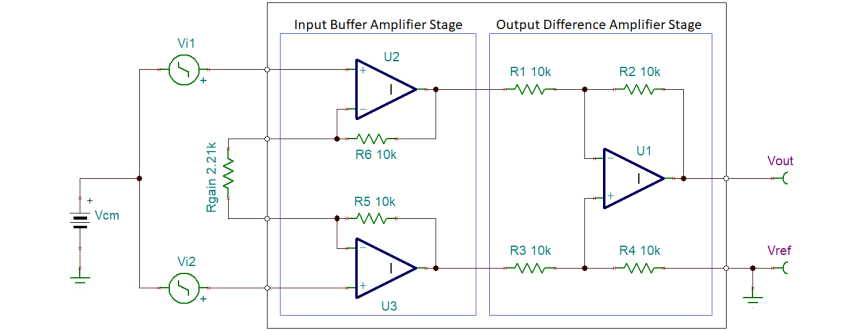
There are a general expression for the total voltage gain in an instrumentation amplifier, Av = (1 + 2R / Rgain). You can change the difference gain of an instrumentation amplifier just to change the value of one resistor.
The ideal common-mode gain of an amplifier is zero. Common-mode gain occurs due to mismatching resistors with the same number and a mismatch in common-mode gain between the two input op-amps. Finding very precisely matched resistors is an important difficulty in making these circuits, as is optimizing the common-mode characteristics of the input op-amps. The instrumentation amplifier can also be built with two op-amps to collect cost and increase CMRR, but the gain must be higher than 2 (+6 dB).
Benefits:
Benefits of using an instrumentation amplifier that can be built using operational amplifiers and precision resistors, but are also available in integrated circuits from many manufacturers (including domestic semiconductors, linear technologies, analog devices, and integrated products). Instrumentation-amplifier ICs typically include precision-matched resistors cut from the laser, and therefore assume common-mode rejection.
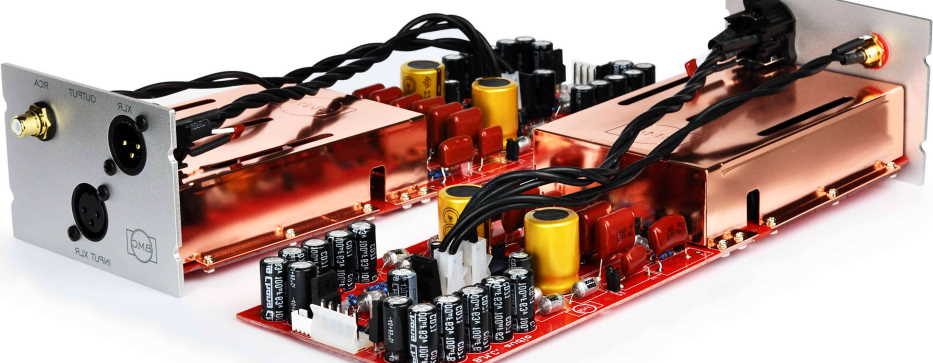
Instrumentation amplifiers can also be designed using a “DC feedback architecture” that increases the variety of modes of operation of these amplifiers to the negative supply rail and, in some cases, to the positive supply rail. This can be mostly useful in single-feed systems where the negative power rail is only GND.
An uncoupled input amplifier is a high impedance differential amplifier with no external feedback loop. This allows you to reduce the number of amplifiers, reduce noise (no thermal noise generated by feedback resistors) and increase bandwidth (no need for frequency compensation).

